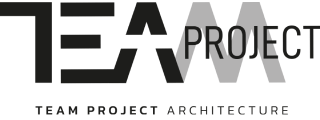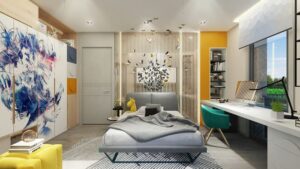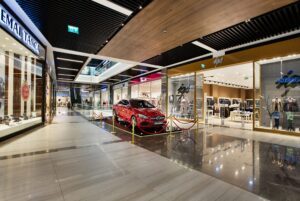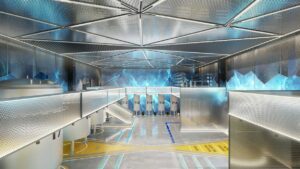TEAM Project » Blog » The Encounter of High Technology and Aesthetics in Industrial Design: ‘Blowtech-650’
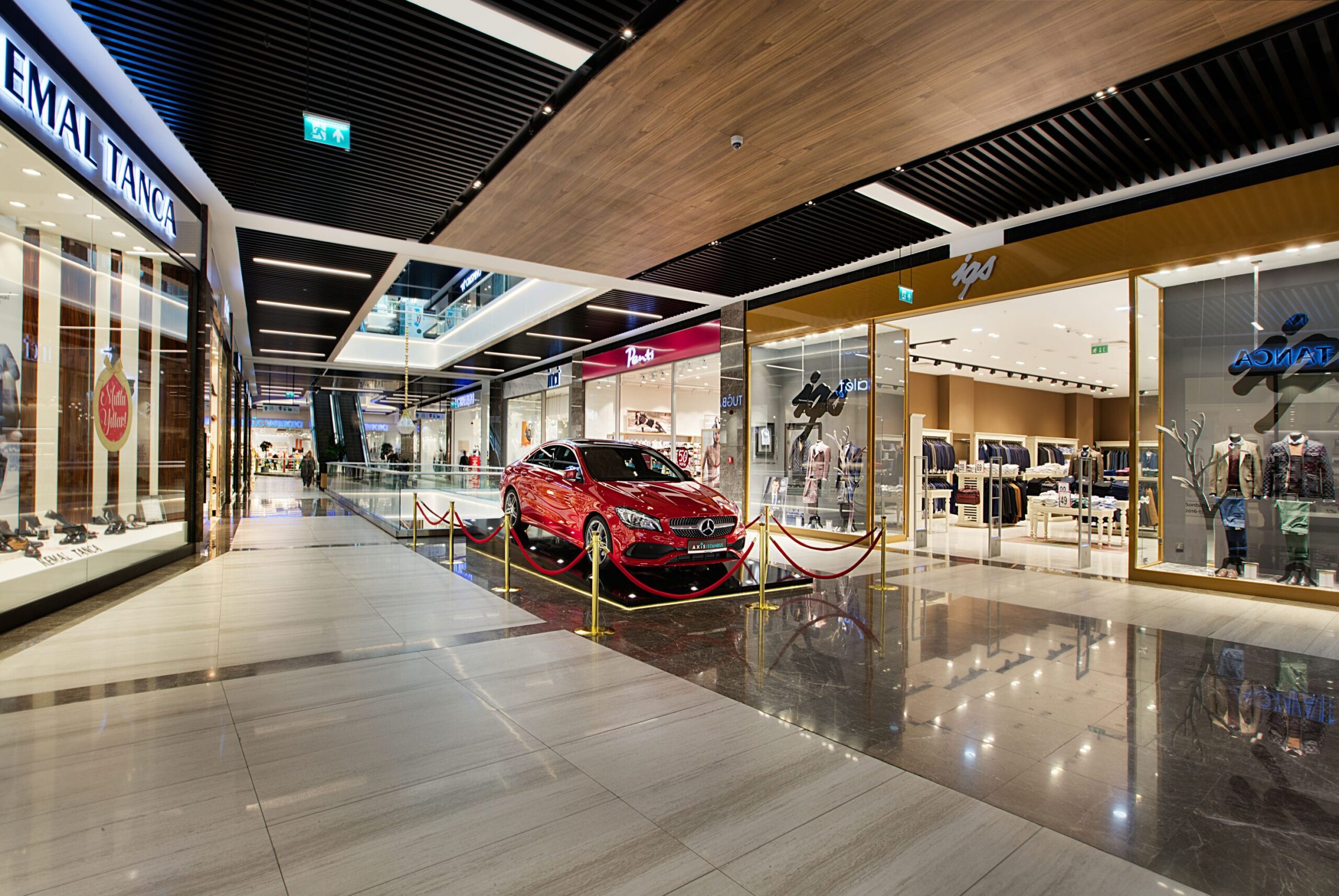
The Encounter of High Technology and Aesthetics in Industrial Design: 'Blowtech-650'
Industrial product design is a multifaceted discipline requiring advanced technologies and creative solutions to balance functionality and aesthetics. This discipline offers the key to success in a competitive industrial environment through innovative and functional designs. The design process of an industrial product includes detailed steps such as determining the project objective, target audience and needs analysis, conceptual design, and prototype production. The Blowtech-650 blow molding machine, developed with TEAM Proje's design vision, is a concrete example of the meticulous application of these processes. Blowtech-650 presents an innovative approach in industrial design, offering both technological and aesthetic excellence. In this blog post, we will detail the intricacies of industrial product design processes through the Blowtech-650 project.
Design Process and Methodology
A successful industrial design project begins with a clear project definition and the establishment of goals. Detailing aspects such as the project’s purpose, target market, and technical infrastructure plays a critical role in shaping the conceptual scheme of the product design. Accordingly, the shell design process of Blowtech-650 was developed based on user-centered design (UCD) and functional aesthetic principles.
Based on the provided information about the machine platform and operational data, critical functional components such as input-output points and access areas were analyzed in detail. In light of this information, a design strategy was created considering ergonomics and user experience (UX) criteria. As a result of the analyses, the emphasis on "high technology" was determined as the main starting point shaping the design framework. Within this framework, the structure of the design was developed with an understanding that combines advanced technology and aesthetics.
Integration of Design Language with Emphasis on High Technology
In the design of Blowtech-650, dynamic and sharp-edged forms were used to enhance the perception of high technology. In this context, designing the form language to align with technological innovations increased both the functionality and aesthetic value of the product. The broken form lines and carefully selected color palette emphasize the machine's high-tech level and innovative structure. This design approach represents the harmonious integration of "high-tech" aesthetics and minimalism.
The color palette used in the design process was meticulously chosen to enhance the product’s aesthetic value and reinforce the perception of high technology. Carefully selecting colors improves the overall appearance of the product while positively influencing the user experience. The color palette of Blowtech-650 reflects a sophisticated aesthetic understanding in industrial design, emphasizing the sleek design language and highlighting technological innovations.
Technical Infrastructure Analysis and Ergonomic Approaches
Ergonomic analysis is a crucial stage that optimizes users' interactions with the product by considering their physical and psychological needs. Various prototypes are tested under different working scenarios, and these studies yield valuable data sets to maximize users' interactions and experiences with the machine. Based on these data sets, factors such as working heights, ease of access, and the placement of the control panel were examined to shape the technical details of the Blowtech-650 design.
Blowtech-650 is equipped with user-friendly features such as double-wing doors offering multiple access points. These access points are strategically positioned to facilitate maintenance and operational processes for operators. The pivot control panel located on the front façade provides flexible and ergonomic interaction between the user and the machine. This design element was developed to improve the user experience and increase operator efficiency.
Prototype Production and Testing
In the design process of Blowtech-650, the integration of advanced engineering techniques and production technologies played a significant role in enhancing the product’s quality and performance. CAD (Computer-Aided Design) software is one of the most important tools used in the design process. These tools enable detailed modeling of the product and optimization at every stage of the design. The detailed models in the Blowtech-650 design were supported by rapid prototyping techniques, and functional prototypes were produced. Detailed tests on these prototypes provided valuable data to improve the design’s performance and user interactions. Optimizations based on test results ensured that the final version of the product met high-quality standards.
Conclusion
In summary, the harmonious integration of advanced technology and aesthetics in the design of Blowtech-650 sets new standards in industrial design. The product establishes an optimal balance between functionality and visual satisfaction, serving as an inspiring example for professionals seeking innovative solutions in the industry. This project redefines design trends in the sector, offering an inspiring example for professionals in the field of industrial design.

